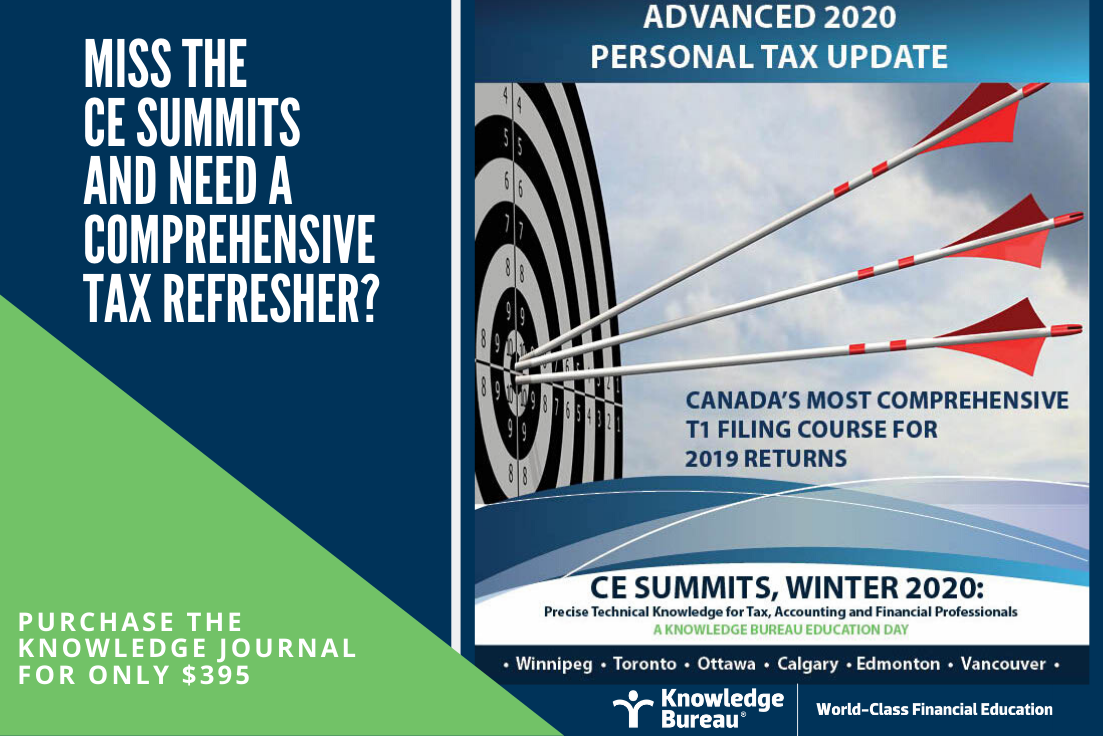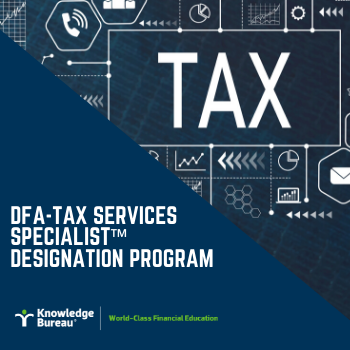Last updated: February 25 2020
Cut the Delays: CRA Ombudsman Makes 15 Recommendations

Evelyn Jacks & Beth Graddon
It all takes much too long: that’s the message the Taxpayer’s Ombudsman had for the CRA with the release of report that culminated in 15 recommendations focused on cutting incredibly long wait times for tax assessments and adjustments. What’s considered too long? Taxpayers, professionals, CRA and the Ombudsman appear to have very divergent views.
The Ombudsman found it that taxpayers have a “common sense” understanding of what a delay is. “If an individual has been waiting for several months for their assessment or reassessment after filing their return or adjustment request, particularly if they have received no indication from the CRA of the status of their assessment or reassessment, they will likely consider it to be delayed, and the processing time unreasonable,” the report says.
The most significant delays occur when any human contact between taxpayer and the CRA is required. While the CRA aims to meet its own service standards 95% of the time (based on a series of formulas applied to digital and paper filed returns), the 5% of the time a return falls outside these standards could result in an indefinite delay. This includes:
- Returns where the CRA must contact an individual for more information
- Multiple tax years filed at the same time
- Returns for deceased persons
- Returns for bankrupt persons
- Returns for international and non-resident individuals
- Returns for emigrants
Note that what tops the list is any circumstance requiring human contact; it’s where things really break down for the CRA. While the department has had exemplary success in their electronic  filing capabilities, with close to 90% of Canadians using them, by their own admission, their service standards are sub-par in person. It’s an unacceptable trend in a digital age that Knowledge Bureau Report readers and professional advisors have complained about often as well.
filing capabilities, with close to 90% of Canadians using them, by their own admission, their service standards are sub-par in person. It’s an unacceptable trend in a digital age that Knowledge Bureau Report readers and professional advisors have complained about often as well.
Other scenarios subject to long delays, including adjustments to prior-filed returns, and those that are considered complex include:
- The CRA has to contact the filer or their authorized representative for more information or documentation
- The request is to adjust multiple tax returns, or tax years beyond the normal 3 years reassessment period
- The request is for the elected split-pension amount
- The filer requests a carry-back amount such as capital or non-capital losses
- The request is for a bankruptcy return
- The request is related to a deceased person
- The request is related to an international or non-resident person
How can professional advisors help clients avoid delays? Firstly, it’s importantly try to be in the 95% of returns that are “clean assessed”; meaning without human interaction required. Secondly, take extra time to ensure a smooth flow in the types of returns itemized above.
Here are the 15 specific CRA recommendations the Ombudsman made:
- Service standards published should include late-filed T1 returns and adjustment requests – The Canada Revenue Agency is recommended to publish service standards for processing late-filed T1 income tax and benefit returns, and all T1 income tax and benefit returns and adjustment requests excluded from the current service standards, so it can accurately measure and report on whether it is meeting its requirement to process income tax and benefit returns and adjustment requests in a timely manner, per section 152(1) of the Income Tax Act and articles 5, 6 and 13 of Taxpayer Bill of Rights.
- Pick up the pace on both digital and paper-filed returns – specifically by:
a. Increasing the percentage of time it is expected to meet the service standard for digitally-filed T1 income tax and benefit returns, and
b. Decreasing the length of time it takes to process paper-filed T1 income tax and benefit returns. - Better definitions and clarity as to what aspects of T1 filing and adjustments are included in the service standards - The Taxpayers’ Ombudsman recommends the Canada Revenue Agency (CRA) improve the clarity, transparency, and consistency of the language it uses to describe the types of T1 income tax and benefit returns and adjustment requests included and excluded from the application of the various service standards, and the calculation of the CRA’s performance against those standards, ensuring to address issues raised in this report about confusion on certain types of processing workflows.
- Include verbal requests in the service standards - The Taxpayers’ Ombudsman recommends the Canada Revenue Agency clearly indicate in its published information on service standards for T1 adjustment requests, the standard timeframes for those requests made verbally.
- Full disclosure of processing timelines - The Taxpayers’ Ombudsman recommends the Canada Revenue Agency publish approximate processing timeframes for T1 income tax and benefit returns and adjustment requests, by type of processing workflow.
- Separate reporting on service standards by category - The Taxpayers’ Ombudsman recommends when reporting its performance against the service standards, that the Canada Revenue Agency report separately on:
a. Digitally-filed T1 income tax and benefit returns
b. Paper-filed T1 income tax and benefit returns
c. Digitally-filed T1 adjustment requests
d. Paper-filed T1 adjustment requests
e. Verbal T1 adjustment requests.
- Measure service standard statistics based on ‘filing season’ - The Taxpayers’ Ombudsman recommends the Canada Revenue Agency (CRA) change the wording used in
 publicly describing, and reporting its performance against, service standards for processing T1 income tax and benefit returns, from “fiscal year” to “filing season”; and if unable to do so, ensure information is clearly publicly provided about the specific period of time on which the CRA is reporting.
publicly describing, and reporting its performance against, service standards for processing T1 income tax and benefit returns, from “fiscal year” to “filing season”; and if unable to do so, ensure information is clearly publicly provided about the specific period of time on which the CRA is reporting.
- Alert taxpayers when their returns may be subjected to delays - The Taxpayers’ Ombudsman recommends the Canada Revenue Agency (CRA) notify filers, by letter when their T1 income tax and benefit return (return) is referred to any specialized processing workflow where processing times may exceed the published service standard, and where the filer has not signed up for online mail. The letter should include a timeframe within which the filer can reasonably expect their return to be completed, or the revised service standard should the CRA have created one. Where a filer has signed up for online mail, pending full implementation of phase two of the progress tracker, that the CRA advise the filer through online mail when their return is referred to any specialized processing workflow where pro-cessing times may exceed the published service standard.
- Include processing deadlines when notifying taxpayers - The Taxpayers’ Ombudsman recommends the Canada Revenue Agency include in the acknowledgement letter sent for complex T1 adjustment requests a timeframe within which the filer can reasonably expect their T1 adjustment request to be completed.
- Improve reporting - So that it may identify trends; ensure a better understanding of processing timeframes, inventories, delays and the causes thereof; and ensure a better understanding of the types of filers who may experience the highest negative impact of delays in processing, the Taxpayers’ Ombudsman recommends the Canada Revenue Agency:
a. Improve its analytics
b. Ensure internal consistency in terminology and definitions
c. Implement better tracking of the processing of late-filed T1 income tax and benefit returns
d. Implement better tracking of the processing of T1 income tax and benefit returns and adjustment re-quests by specialized processing workflow
- Prioritize delayed returns based on those that have the greatest impact on the taxpayer - The Taxpayers’ Ombudsman recommends the Canada Revenue Agency change its first-in, first-out policy for processing T1 income tax and benefit returns in specialized processing workflows and the processing of complex T1 adjustment requests:
a. To ensure the T1 income tax and benefit returns and adjustment requests of those who may experience the highest negative impact of delays are processed on a priority basis (for example, those whose benefits are impacted by a delay)
b. To first assess whether additional information may be needed from the filer or elsewhere, and request the information at that time
- Faster collaboration between CRA departments/representatives - The Taxpayers’ Ombudsman recommends the Canada Revenue Agency (CRA) reduce the time taken to refer T1 income tax and benefit returns and adjustment requests to different areas within the CRA during processing, to minimize the time T1 income tax and benefit returns and adjustment requests sit in a queue or inventory before they are worked.
- Better analysis of why delays occur - The Taxpayers’ Ombudsman recommends the Canada Revenue Agency examine the entirety of the journey of T1 income tax and benefit returns and adjustment requests and the full impact of processing timeframes on filers, to reduce processing timeframes of T1 income tax and benefit returns and adjustment requests, where possible, and address the root cause(s) of delays. This analysis should also be applied in the allocation of the Budget 2019 additional funding for processing T1 adjustment requests, to ensure funds are allocated effectively to address the root cause(s) of delays.
- Improve digital processes to eliminate the need for human interaction - The Taxpayers’ Ombudsman recommends that, where possible, the Canada Revenue Agency address system limitations so more T1 income tax and benefit returns can be processed in a more timely manner with less manual intervention.
- Help CRA representatives set better processing expectations with taxpayers - The Taxpayers’ Ombudsman recommends the Canada Revenue Agency utilize improved analytics and implement more transparent policies and procedures relating to the information call centre agents can provide to filers, including where the T1 income tax and benefit return or adjustment request is being processed, what is causing processing delays beyond the applicable service standard, as well as an anticipated timeframe for processing.
Additional educational resources: Get the skills you need to help taxpayers avoid the impact of CRA service standard issues as a DFA-Tax Services Specialist ™. No time to take a full program? Get the Advanced Tax Update Knowledge Journal for each person in your office - only $395 plus taxes. Get 10 or more for 50% off.
COPYRIGHT OWNED BY KNOWLEDGE BUREAU INC., 2020.
UNAUTHORIZED REPRODUCTION, IN WHOLE OR IN PART, IS PROHIBITED.

